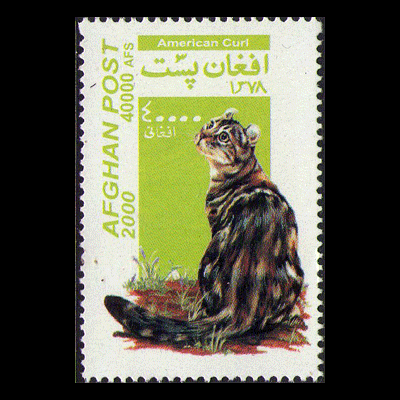
Advances in dietary management of obesity in dogs and cats
Different effects of diet changes in cats and dogs
source: Richard F Butterwick and Amanda J Hawthorne
Journal of Nutrition vol 128 no 12, December 1998
starts p2771S, 5 pages long
The reasons why animals are obese are not always clear, and there may be breed dispositions in dogs, but the direct cause is a higher intake of energy than is being spent. Activity levels are also important, and activity levels for dogs can vary greatly. A survey of border collies has found that most pet collies exercise for less than three hours a day. Recommendations for the calorie intake of dogs may be excessive, given the evidence of this survey on the food intake and exercise levels of collies. If these recommendations are too high, they will contribute to obesity.
Cats subjected to rapid weight loss may lose too much lean tissue. They lose weight faster if they are only allowed to eat 45% of their maintenance diet at the desired body weight, but loss of lean tissue is faster than if they are only restricted to 60% of the diet they should have at their desired weight. Dogs appear to lose less lean tissue on high fibre diets, according to one study, but not enough is known about how dogs use fibre, and how far it may contribute to energy intake. A high fibre diet does not appear to cause dogs to eat less due to feeling full. It may be better to assess whether diets for companion animals
undergoing slimming programmes are nutritionally adequate, rather than focus on fibre as a slimming aid, since evidence for high fibre diets being effective slimming aids is doubtful, and more research is needed.
CA,HD


